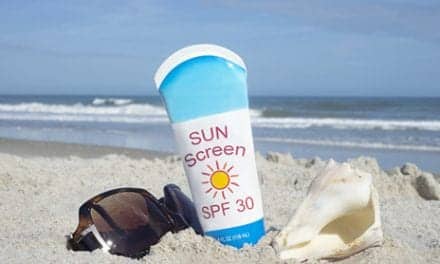If you’re a human — especially one of the 310,444 humans in the U.S. who got breast implants last year, according to the American Society for Aesthetic Plastic Surgery (ASAPS), or among the 5 to 10 million with implants worldwide — your pulse probably quickened at the words “increased risk of developing ALCL.” And alarming headlines, like “9 Deaths Are Linked to Rare Cancer From Breast Implants” from the New York Times — followed by incomplete reporting — certainly aren’t assuaging any fears. But according to our experts — all of whom are intent on correcting misinformation and offering much-needed perspective — there is no need to panic.
“I’m shocked by these recent headlines,” says Laurie A. Casas, a senior clinician educator at the University of Chicago Pritzker School of Medicine, and a past president of the Aesthetic Surgery Education & Research Foundation (ASERF), one of the groups appointed to the advisory council in 2011. (While Casas, herself, didn’t participate on the panel, she was part of the group of experts who formalized the approach that the plastic surgery community and FDA would take in investigating the case studies. Or, as she puts it: “We were the genesis.”) “How do you go from a simple FDA update to these sensational reports of breast implants causing BIA-ALCL? We need to be very clear on the facts here. The FDA is not saying breast implants cause BIA-ALCL. They are not saying textured implants cause BIA-ALCL. They are simply updating information from 2011, and relaying that the current data suggests BIA-ALCL can occur in patients following breast implant surgery with textured implants more often than smooth.”
The FDA update is significant, because when last we covered this news, we knew of approximately 30 instances of BIA-ALCL in breast implant patients. As Kron reported, of those 30 cases, the implant type (textured versus smooth) could be identified in only 25 cases. In 23 of the 25 cases, the implants had textured shells. Now, fast-forward seven years: As of February 1, 2017, the FDA has received a total of 359 reports of BIA-ALCL, including those nine deaths the New York Times highlighted. Two hundred and thirty-one of those reports included details about the implant’s surface: 203 (88 percent) were reported to be textured, 28 (12 percent) to be smooth. Additionally, 312 of the 359 reports revealed the type of fill used in the implants: 186 contained silicone gel and 126 were saline-filled.
That’s a lot of figures, but we still don’t have all the facts — including those concerning the outstanding 128 implants of which the surface type was unknown. Also, as Casas notes, we don’t know the full pathology of the people who died, to determine what they died from. Furthermore, the FDA admitted in its update that the reports in its registry “may contain incomplete, inaccurate, untimely, unverified, or biased data. Over time, we may gather more information about a report and thus the numbers may change.” And, as Casas points out, “this is an ongoing registry of cases,” making the facts involved that much more fluid.
And while 359 cases in roughly six years is both considerable and disconcerting, putting that number in context is crucial. (Our heads are spinning, too, but bear with us.) If 310,444 people got implants in 2016, and presumably two per patient, that would be 620,888 individual implants placed in a single year. Now factor in near-equivalent numbers of implants for the years between 2011 and 2016. “We’re talking millions of implants surgically placed in women since 2011,” says Casas. “While there is an association between breast implants and this disease, it would be irresponsible to label it cause and effect, as there isn’t evidence showing a direct link. The only link is that these cases have occurred in women who have had breast implants.”



